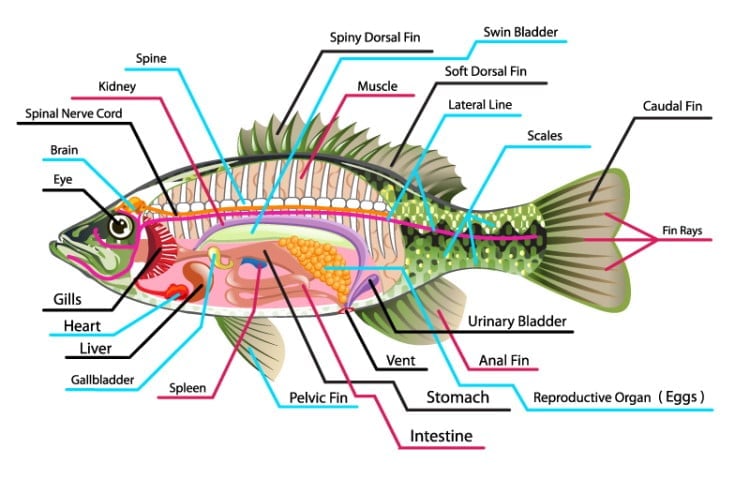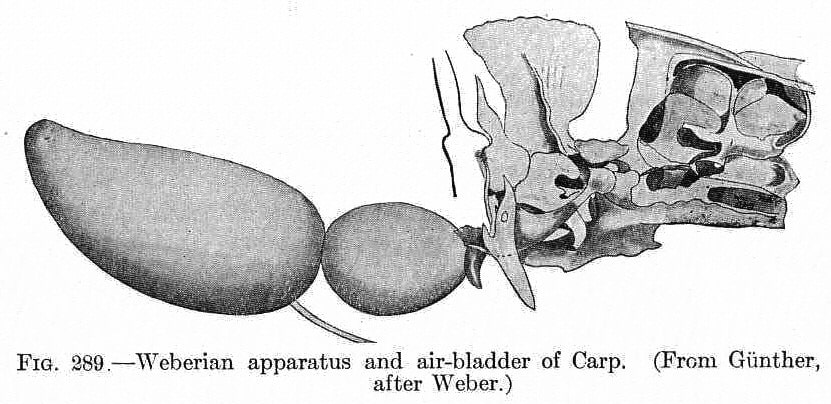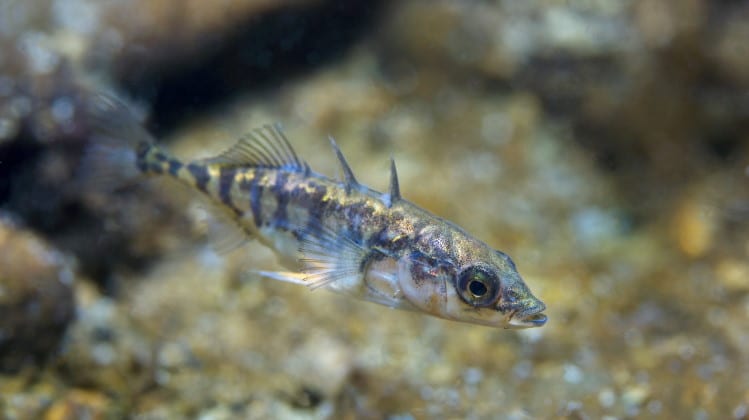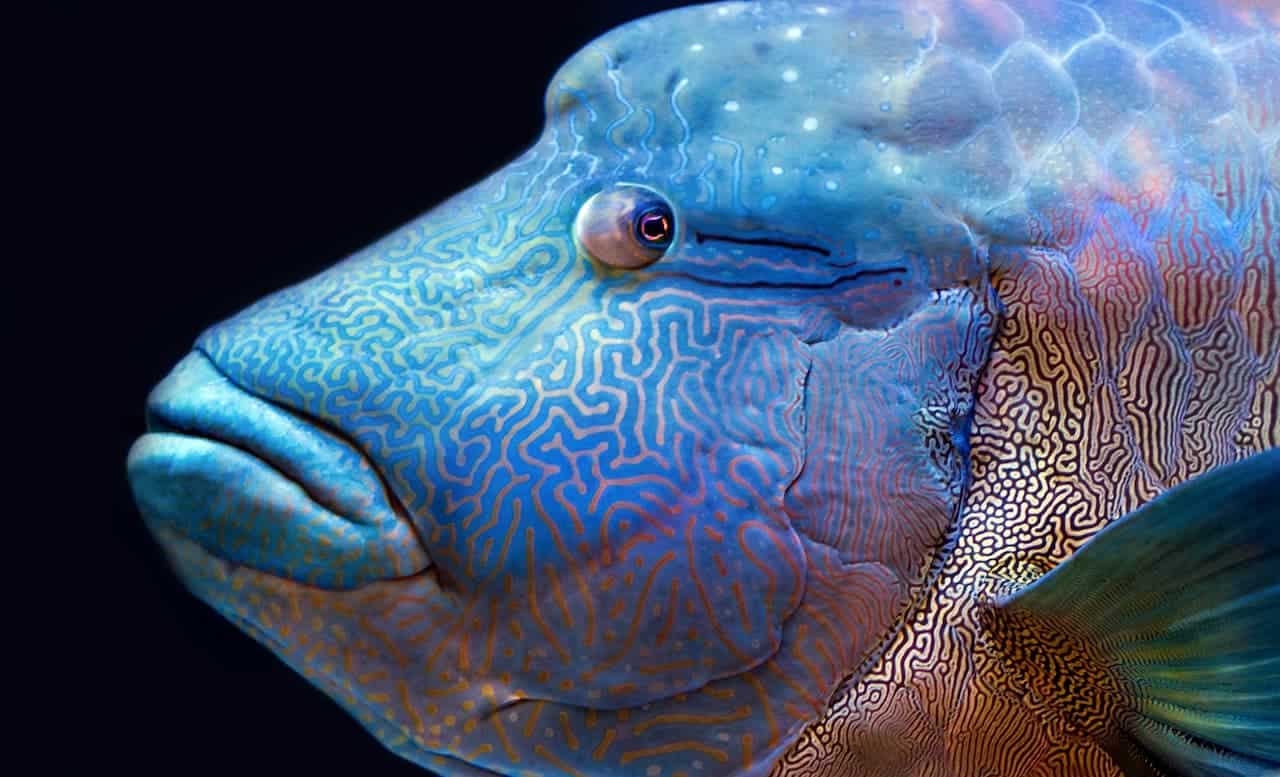Fish Anatomy
The Fish Anatomy: The Ultimate Guide (2023)
Welcome to this brief introduction to the anatomy of fish.
As with any group containing 28,000 different species, there is a great deal of diversity among the animals we call fish.
Accepting that there is a great deal of variety within the world of fish, we may wish to ask ourselves what factors control the shape that a fish takes.
Many factors are involved, but perhaps the most important is where the fish lives (i.e., in water).
Water is a very different substance than the air that we live in.. it is much more supportive, for one thing. This means that it is easier for fish to fly than it is for us… and they can even float.
Of course, we call flying in water ‘swimming’, but the fact remains that because they live in water, many fish can live their whole lives without ever touching the bottom – or resting on anything.
The other side of the coin of this supportiveness, is that water is much harder to move through. We can run through air much faster than we can run through water.
In its simplest form, this means that fish don’t need legs to stand on, or large wings to fly. Small wings (fins) will do fine. Secondly, it means that if you wish to move quickly, it is best to have a streamlined shape. And this of course is what we see in most fish: a streamlined shape with no legs and small wings (fins).

Like all creatures, fish need to perceive the world they live in, and thus we find they have senses: sight, hearing and smell. But also, because they live in water, they can sense transverse waves generated by motion and so they have evolved a lateral line system to do this.
And some have even learned to use electricity – another sense that is only really made possible because water is such a good conductor of electricity.
Within the constraints of the basic form, fish have evolved further variation to accommodate different ways of living. Some live on the bottom and have become dorsoventrally flatter, others hide in crevices and have become laterally flattened, some have lost their streamlined shape to facilitate a life of slow movement.
And so it goes on… where you live, what you eat, who you want to hide from and how you do this. All contribute to your eventual shape – both internal and external.
The many forms and shapes of the fish that fill up the waters of our world are not only beautiful, but practically evolved to suit a wide range of different life styles.
You can find detailed information about all the different parts of basic fish anatomy by following the links on the menu below.





Hello.
I have an interest in the anal fin. Not because of an interest in fish but because a similar fin might give sailing yachts an increase in stability and reduce their vulnerability to rounding up or down relative to the wind. Do you know of any items on the web about same?
Thanks and regards
Bob N.
I have heard that Yellow-tail and tuna does not have livers. Is this true.
No it is not true, they have a liver just like other fish. https://www.researchgate.net/publication/279906700_Food_component_characteristics_of_tuna_livers